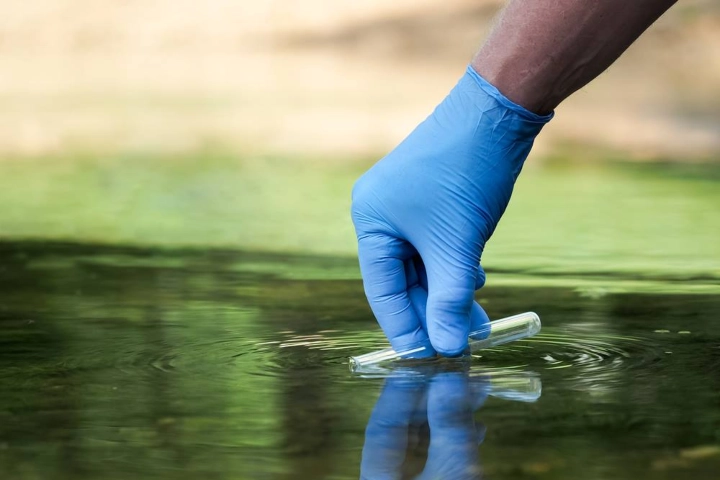
Things That Can Impact Water Clarity
Various environmental factors can detrimentally impact ponds, lakes, lagoons, marinas and other bodies of water.- Erosion
- Nutrient and sediment pollution
- Toxins
How Water Clarity is Measured
Essentially, water clarity refers to how clear the water is. This is determined by measuring how deep light penetrates into the water. Particle suspension in the water impacts this light penetration level. The more solid particles suspended in water, the less light can penetrate. This is because the particles absorb and scatter the light. There are three common methods of measuring water clarity.-
Secchi disk depth
A small black and white weighted disk is lowered into the water until it’s no longer visible. That depth is measured and noted as the Secchi disk depth for turbidity and water clarity determination. It’s the most common method in use but is easily subject to error. Sun glare and human error can lead to faulty results. -
Nephelometers/Turbidimeters
This electronic instrument measures turbidity, also called haze. It refers to the optical quality and color of the water. The test can be performed on-site or in a lab with an optical sensor. The device measures how much light is reflected/scattered in the water. Nephelometric Turbidity Units (NTU) are the official units of measurements for turbidity. -
Total Suspended Solids (TSS)
Typically, turbidity is the result of TSS. Therefore, measuring the weight of these solids can accurately determine water clarity. The process includes taking a water sample to be filtrated. The filter is weighed while wet, and then dried and weighed again. The difference in weight quantifies the TSS found in the water. Guidelines for this procedure can be found in Standard Methods for Analysis of Water and Wastes.
Water Clarity in Central Florida
Serving Greater Orlando, Sanford and Kissimmee
Sanford | Orlando | Poinciana | Ocala | St Cloud | Winter Garden | Clermont | DeLand | Winter Springs | New Smyrna Beach | Winter Park
Orange County | Seminole County | Lake County | Osceola County | Volusia County | Polk County | Marion County | Brevard County
Home » Water Clarity
